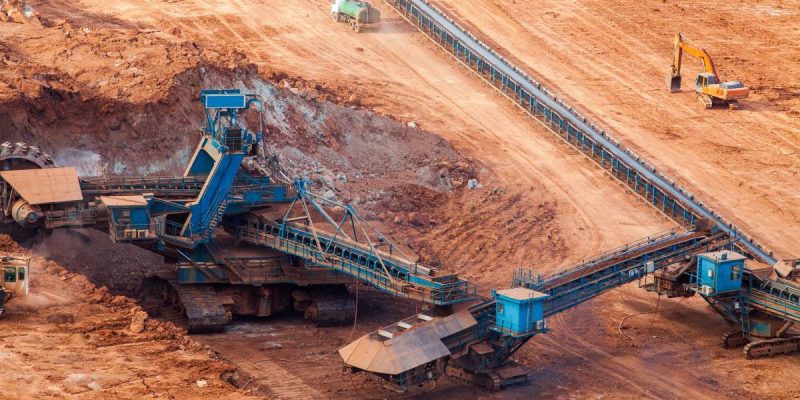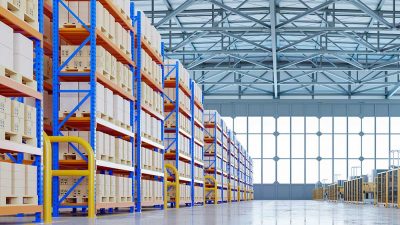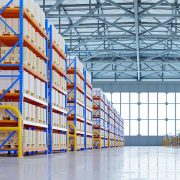Australia’s mining industry has been at the forefront of promoting economic prosperity since the 1850s. It is evident that the mining industry forms the foundation for the nation’s success, being dubbed the global leader in producing iron ore and bauxite in 2019.
This is further emphasised when we consider that a whopping 13.6% of Australia’s GDP is from the mining sector in 2023. Beyond its domestic accomplishments, Australia’s mined resources export revenue totalled $2.4 trillion over the past decade, indicating the importance of this industry.
This article shall dive into this industry, determining its significance in Australia, and the key resources driving its economy. We shall also cover the region’s mining operations as well as the cutting-edge types of equipment used for mining.
So how big is Australia’s mining industry?
To put it simply: it is monumental. The mining industry represents 75% of Australia’s exports, with over 1.1 million workers across the country supporting the sector. Mining operations are conducted throughout all of Australia. There are over 350 operational mining sites scattered throughout the continent, underscoring the pivotal role that this industry has on Australia, not only economically, but communially and socially.
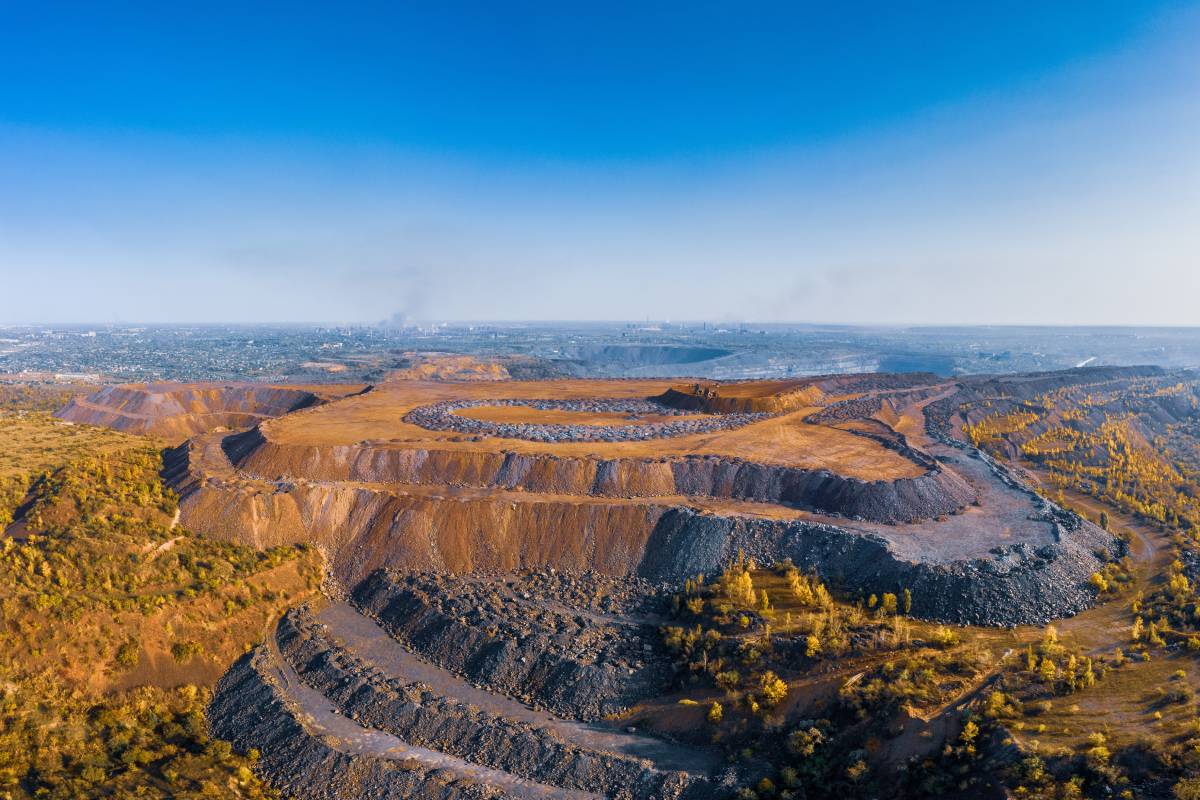
What are the Key Resources Mined in Australia?
Australia, a mineral-rich continent with myriad minerals at its disposal, is proud to possess a wealthy trove sought after by industries around the world. Yet, two shining stars illuminate its mining landscape with unparalleled export volumes: iron ore and coal. As the biggest exporter of these crucial minerals, Australia holds a unique position in the mineral industry.
The Australian mining sector derives prosperity from a wide range of resources. From the versatile qualities of copper to the enduring attraction of gold, industries in the nation produce a wide range of minerals crucial to a multitude of sectors; ranging from the traditional players, such as iron ore and lead, to the newcomers, namely lithium, uranium and the rare earths.
Adding to this, Australia has not just the abundance, but also the diversity that has not been encountered anywhere else. The continent is among the top four producers of 21 minerals, evidence of the continent’s diversity and abundance. Plentiful deposits of iron ore, gold, copper and other precious metals make Australia a leader and source of both support and revenues for the mining sector worldwide.
Regional Distribution of Mining Activity and their Key Features:
Australia has more than 350 active mines concentrated in the west of the country, Western Australia (WA), Queensland (QLD), and New South Wales (NSW).
WA represents the world’s largest iron ore exporter with 98% of Australia’s iron ore originating from the region. It is also the target for further exploration to discover lithium and vanadium deposits.
In South Australia (SA), Broken Hill Proprietary’s (BHP) Olympic Dam mining site is recognised as by far the largest single uranium deposit in the world.
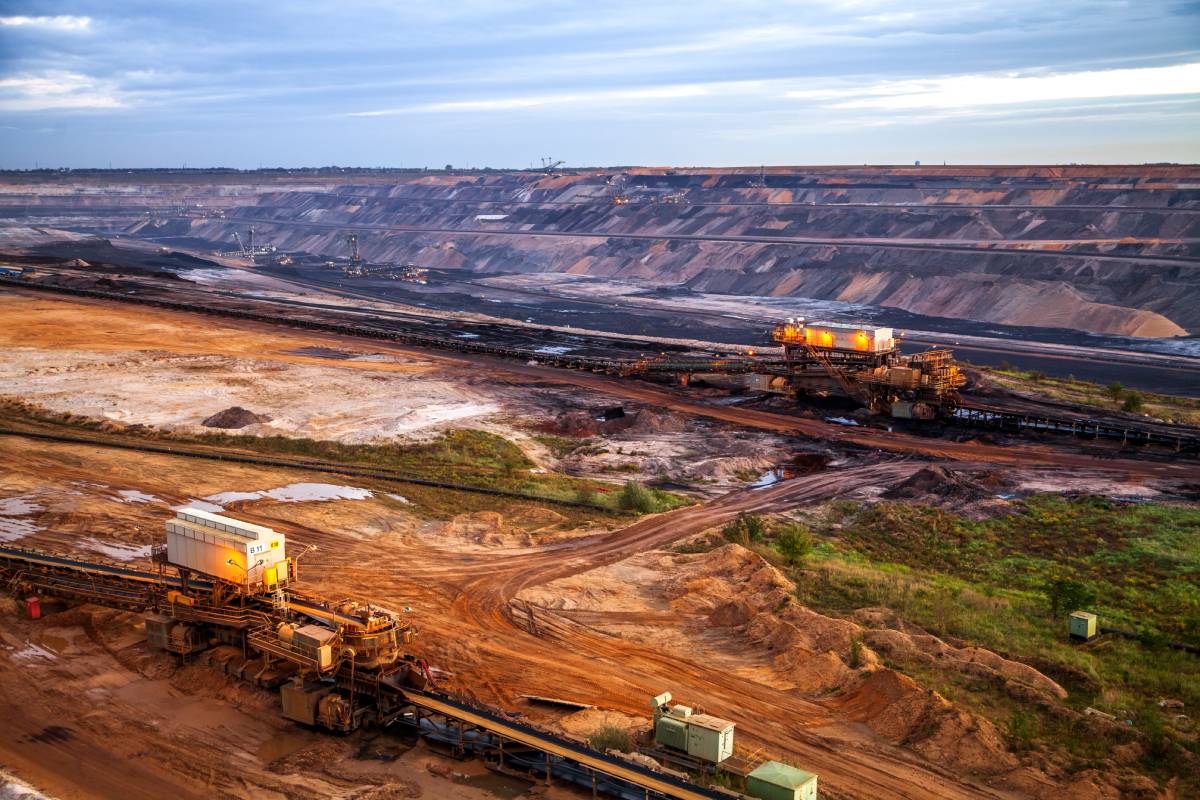
Meanwhile, QLD boasts the feat of being the largest supplier of silver globally, while also hosting the highest-grade graphite and rhenium deposits in the world.
Victoria (VIC) possesses significant historical mining heritage as the initial gold rush of the 1850s began in this region. VIC nowadays is one of the largest contributors to the nation’s GDP at $13 billion.
Tasmania (TAS) is home to a variety of mineral deposits, including the largest known tin deposit in Australia, located at Renison.
Zinc, copper, gold, and uranium are among the minerals that the Northern Territory (NT) holds world-class reserves for. NT exports massively to Asia, reflecting the territory’s potential to develop. For example, one-third of all known uranium reserves are discovered in the NT.
It is thus evident from this that Australia has tremendous room for economic growth in the mining sector, alone. The diversity in resources available across these regions highlights Australia’s vital importance in not only the global mining industry but for the world economy as a whole.
What Equipment is Used for Mining in Australia?
The success of Australia’s mining industry can be attributed to the innovative solutions and advancements in technology which primed Australia to fully exploit the vast array of resources throughout the continent.
Here are some of the most common types of mining equipment used in Australia.
- Drills: Typically used to penetrate the earth’s surface to reach mineral and ore deposits. Different types of drills are used according to the particular mining method and geological factors. These drills work heavily continuously for an average of 2-8 years and are usually fitted with thermal solutions – such as dual skin exhaust to ensure smooth operations and safety from the high temperature emanating from the engines for a prolonged period.
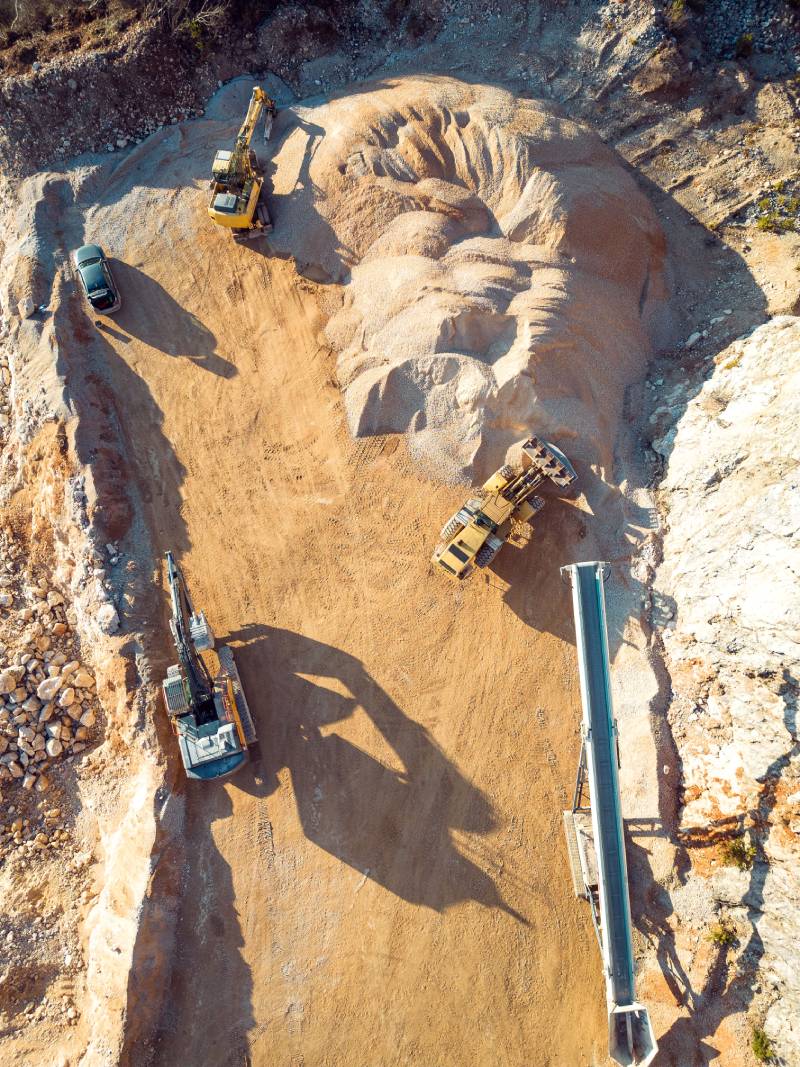 Draglines: Large machines with a large bucket at the end of a long arm, mainly used in surface mining operations for the removal of overburden and excavation of coal, iron ore and other minerals.
Draglines: Large machines with a large bucket at the end of a long arm, mainly used in surface mining operations for the removal of overburden and excavation of coal, iron ore and other minerals.- Excavators: Multifunctional machines with a bucket or shovel attachment that can excavate, load and transport materials both on surface and underground mines.
- Shovels: Large, high-power machines used for digging and putting materials into haul trucks during surface mining operations.
- Haul Trucks: Heavy-duty trucks that are meant to load and transport large heaps of ore, rock or overburden out of the mining area to the processing facilities or storage sites. Most trucks in Australian mining sites are outfitted with advanced air intake solutions such as clamps, hoses or air filters, ensuring peak performance and efficiency while providing a substantial extension to the trucks’ service time
- Wheel Loaders: A front-end loader fitted with a scoop or bucket attachment, designed to load materials onto haul trucks, transporting materials within the mine site, and performing tasks including stockpiling and reclamation.
- Crushers and Screens: Devices utilised to break down, grind and sort excavated materials to the determined size for further processing or transportation. Crushers break the raw material or rock into the desired size, whereas screens separate materials based on size or shape.
- Conveyor Systems: Automation systems consisting of belts or chains which are moved continuously within the site of the mine and are meant to carry materials from the pit or mining area to processing facilities or storage sites.
- Bulldozers: Heavy-duty machines equipped with a broad, flat blade used for pushing, levelling, and extraction of materials during surface mining, as well as for road construction and site preparation.
- Graders: A machine with a long blade that is used for grading, levelling, and smoothing up ground in mining operations, commonly used in road constructions and repairs.
Amidst the cacophony of activity, mining operations consist of a lot of moving parts, let alone equipment. These titans of machinery and engineering require care and expertise not only to operate but also to maintain. To ensure continuous productivity, services from trusted specialist manufacturers like Mammoth Equipment are required for OEM replacements, fitting of thermal solutions, or sound attenuation, specific to each operation’s needs.
Conclusion
In conclusion, Australia’s mining sector stands as a beacon of prosperity, contributing significantly not only to the nation’s economy but also to the global resources market. The abundance and diversity of resources found across the country, coupled with ongoing exploration efforts, underscore Australia’s position as one of the world’s largest untapped minerals markets. With nearly 80% of the country yet to be explored, the potential for further discoveries and economic growth in the mining sector is immense.
The mining tools are sourced from the world’s best equipment manufacturers such as the US, Japan, Germany and China. Additionally, these cutting-edge technologies not only bring more productivity and efficiency but also address safety and sustainability issues during mining operations.
As mining operations increase to meet the demands of a changing world, the need for specialised services becomes increasingly apparent. Companies such as Mammoth Equip are indispensable in offering customised services for maintaining and optimising mining equipment.
Looking into the future, the Australian mining industry is set for further expansion and technology advancements. Through continued commitments to research, technology, and sustainable development, Australia will remain the major player in the exploitation of various mineral resources, contributing to the national and global economies. As the world’s insatiable demand for resources continues to increase, Australia, being ready for it, will continue to act as a trailblazer in the mining sector worldwide.

